Semiconductor nanostructures Research Group
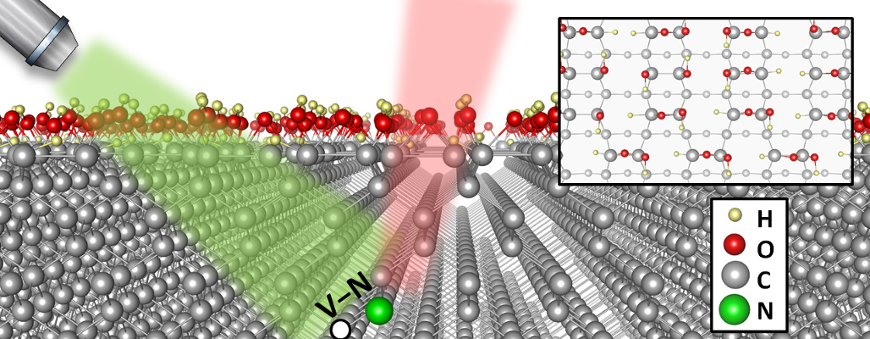
Group Leader: Gali Ádám
Group Webpage: wiki.kfki.hu/nano/Main_Page
Publications of the group: link to the database of the Hungarian Scientific Bibliography
Design and fabrication of semiconductor nanostructures for bioimaging, quantumcomp uting and 3rd generation photovoltaics. The research team is active in three main different fields: develop new type of i) biomarkers, ii) quantum bits for quantumcomputation, and iii) 3rd generation solar cells. Next, we summarize our important achievements.
Development of biomarker systems. — Biologists urgently need biomarker systems which trace, e.g., cancer cells in the blood stream or provide fluorescent signals depending on theactivity of neurons in brain. Such systems have been developed so far, but most of them are either unstable or toxic, thus they are not suitable for therapy. Our Semiconductor Nanostructures Research Group is, however, seeking such solutions that can be applied in vivo. Molecular-sized colloidal SiC nanoparticles are very promising candidates to realize bioinert non-perturbative fluorescent nanoparticles for in vivo bioimaging. These SiC nanoparticles are prepared by wet chemical etching of large SiC particles. However, the mechanism behind the etching process was far from being understood. We developed a nophoton exciton generation chemistry (NPEGEC) theory based on the experiments on SiC polytypes as a model semiconductor (see Fig. 1). Our theory applies to materials with afinite band gap. Furthermore, we could demonstrate the control over the size of SiCnanoparticles that we produce from the cubic layers of bulk cubic silicon carbide that contains hexagonal inclusions.
Nitrogen vacancy center (NV). — Significant results have been achieved in the research of
solid-state quantum bits, which are the building blocks of a future implementation of the
quantum computer. Diamond is a known host of solid state qubits and single photon
emitters. NV center stands out among these qubits in terms of robustness of optical spin
readout and initialization. The optical readout of electron spin is based on the intersystem
crossing (ISC) between the optically active triplet states and the dark singlet states.
However, the intricate details about the ISC processes were not fully understood. By
combining the theory of dynamic Jahn-Teller system and first principles calculations, we
could identify the ISC routes and their rates for the transition between the excited state
triplet and a nearby singlet state (see Fig. 2).
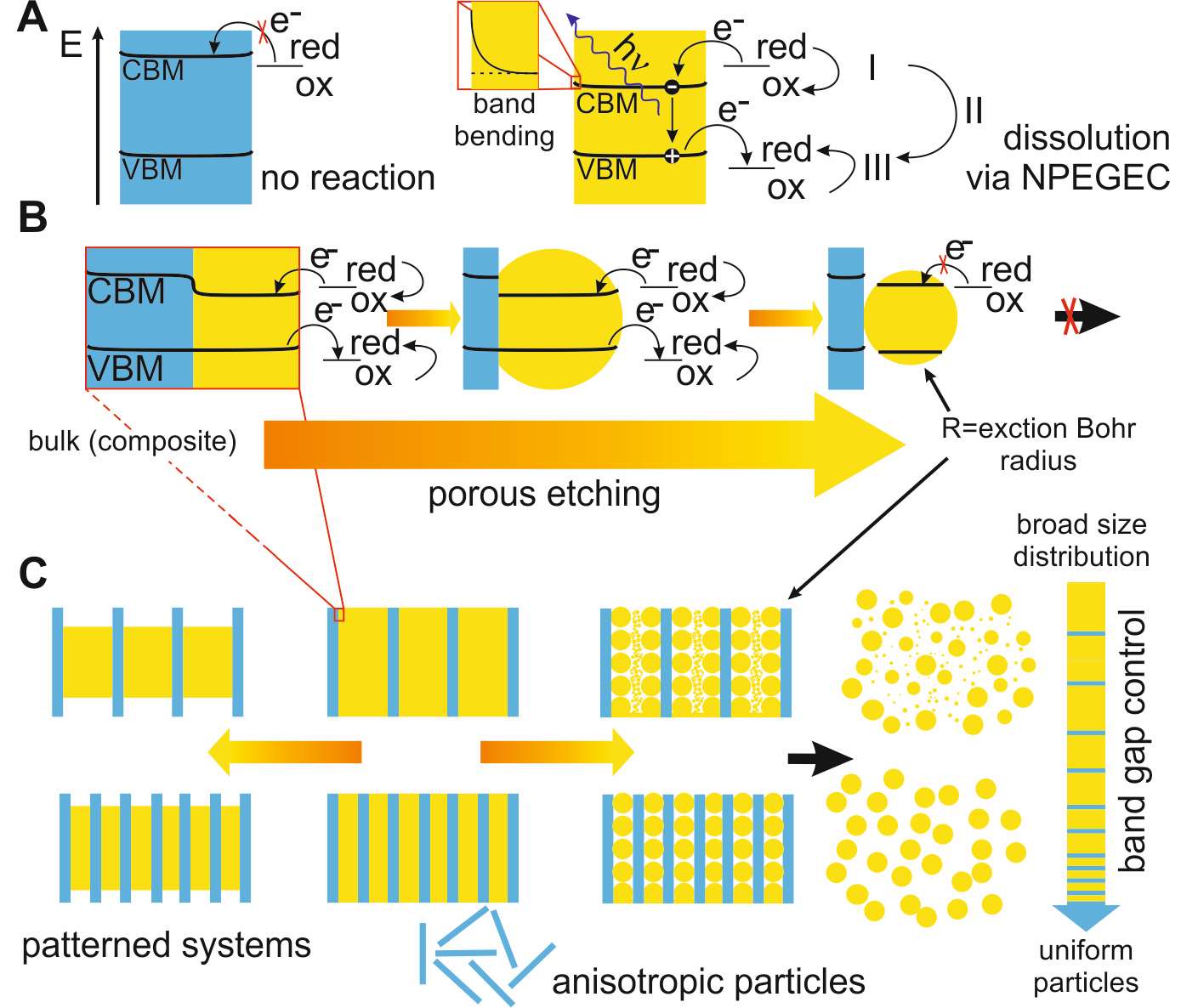
Figure 1. The mechanism “no-photon exciton generation chemistry” (NPEGEC) for stain
etching of semiconductors. (A) The blue region depicts a semiconductor with a larger band
gap that is resistive against etching while the yellow region represents a suitable material. A
redox couple with redox potential higher (more negative) than the conduction band
minimum (CBM) energy can inject electrons into the conduction band (I). The oxidized
molecule itself, or the molecule formed after further transformation in the solution (II) can
inject holes into the valence band (VB) with a maximum energy of VBM (III). The generated
excitons can recombine with photon emission with energy h or can lead to material
dissolution. (B) In a material with spatially varying band structure selective etching is
possible. The exciton Bohr radius limits the radius (R) of the final nanoparticle. (C) Patterned
band structure in a macroscopic material can serve as a template for various nanostructures
including patterned nanowires, anisotropic or uniform particles.
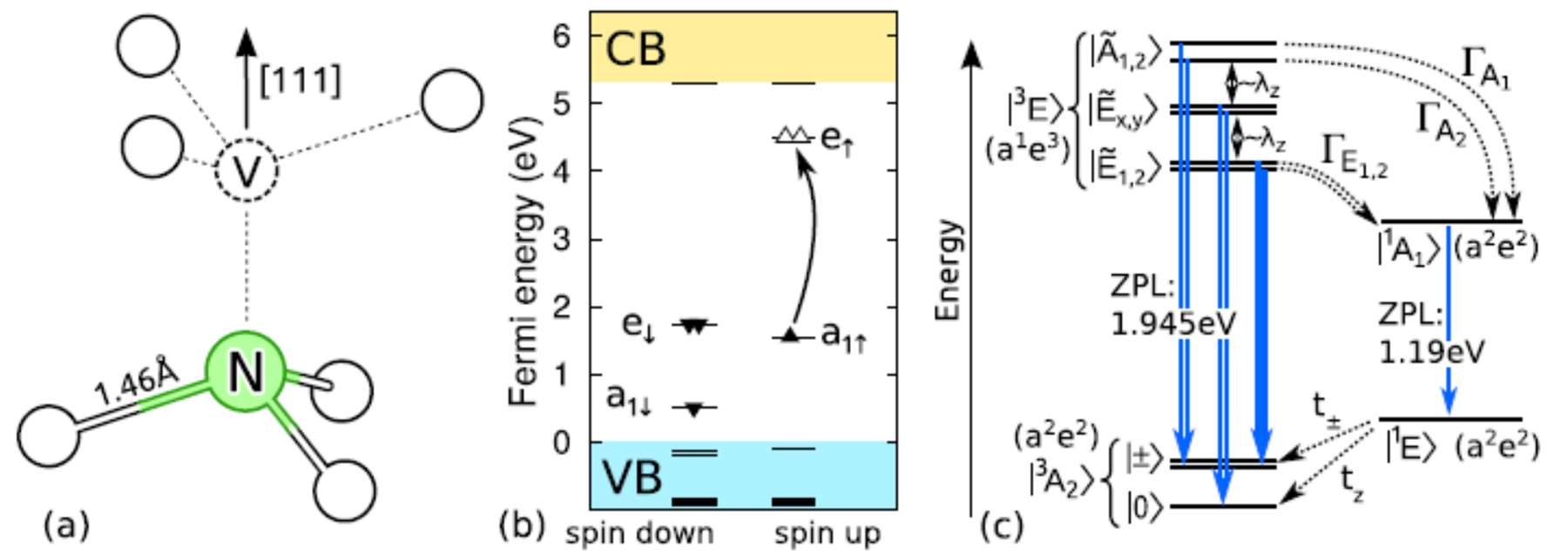
Figure 2. NV center in diamond. (a) Schematic diagram of the structure of the negatively
charged defect with the optimized carbon-nitrogen bond length. The symmetry axis of the
defect in the diamond lattice is shown. (b) The calculated defect levels in the gap are
depicted in the ground state where the curved arrow symbolizes the SCF procedure for
creating the triplet excited state. The e states are double degenerate. VB and CB correspond
to valence and conduction bands, respectively. (c) The corresponding ground state and
excited states are shown as well as the optical electron spin polarization cycle. The spin-orbit
splitting λz is depicted that separates the sublevels in the triplet 3E excited state. The
corresponding intersystem crossing rates between the 3E substates (˜A1,2, ˜E1,2 double group
representations) and the singlet 1A1 are labeled by s. The tilde labels the vibronic nature of
these states. The intersystem crossing (t± and tz) from the 1E to the triplet ground state is
shown for the sake of completeness and closes the spin polarization cycle.
The diamond NV center can be used as a nanoscale sensor when engineered close to the
diamond surface. However, the surface termination of diamond can affect the charge state
and photo-stability of NV center that may compromise the sensitivity of NV center. We
predict from first principles calculations that nitrogen-terminated (111) diamond would be
ideal to maximize the sensitivity of near-surface NV centers (see Fig. 3). Furthermore, the
array of I=1 nuclear spins of 14N isotopes on the surface can used to realize a quantum
simulator of special spin systems.
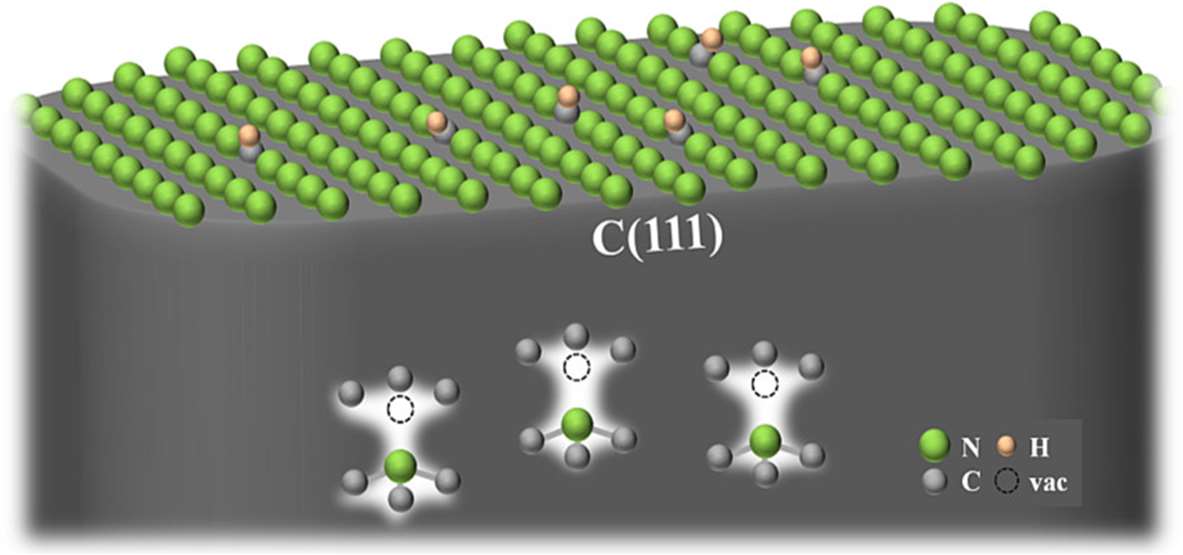
Figure 3. The (111) surface of
diamond terminated with nitrogen
atoms. Nitrogen vacancy
centers below the terminated
surface enjoy a near-bulk physical
environment, e.g. long spin
coherence time, which makes
them useful for quantum bit and
nanometrological applications.
Divacancy defect in SiC. — Another prominent solid state qubit candidate is the so-called
divacancy defect in SiC which has a high-electron-spin ground state. Divacancy qubit can be
formed in cubic and hexagonal polytypes, however, the key magneto-optical parameters
and rates were not known for these qubits. In collaboration with the Awschalom group at
Chicago University, we characterized thoroughly these qubits (see Fig. 4). We found that an
efficient spin-to-photon interface can be realized by these divacancy qubits at cryogenic
temperature and resonant optical excitation. Furthermore, we identified a room
temperature qubit in hexagonal SiC as Si-vacancy at the so-called cubic site in hexagonal SiC
by means of first principles calculations. This Si-vacancy qubit has a great potential in
thermometry and magnetometry applications at the nanoscale.
Furthermore, we studied nanosystems that are promising in biomarker and solar cell
applications. The silicon nanoparticles (Si NPs) are very promising in various emerging
technologies and for fundamental quantum studies of semiconductor nanocrystals. Heavily
boron and phosphorus codoped fluorescent Si NPs can be fabricated with diameters of a
few nanometers. However, very little is understood about the structure and origin of the
fluorescence of these NPs. We performed a systematic time-dependent density functional
study of hundreds of codoped Si NPs representing millions of configurations. We identified
the most stable dopant configurations and a correlation between these configurations and
their optical gaps. We find that particular dopant configurations result in emission in the
second biological window, which makes these nanoparticles viable for deep-tissue
bioimaging applications. We also found that the radiative lifetime of Si NPs is intrinsically
long, thus the electron-hole pairs generated by illumination can principally be separated.
This concludes that heavily doped Si NPs can be applied as an absorbant for Si based solar
cells.
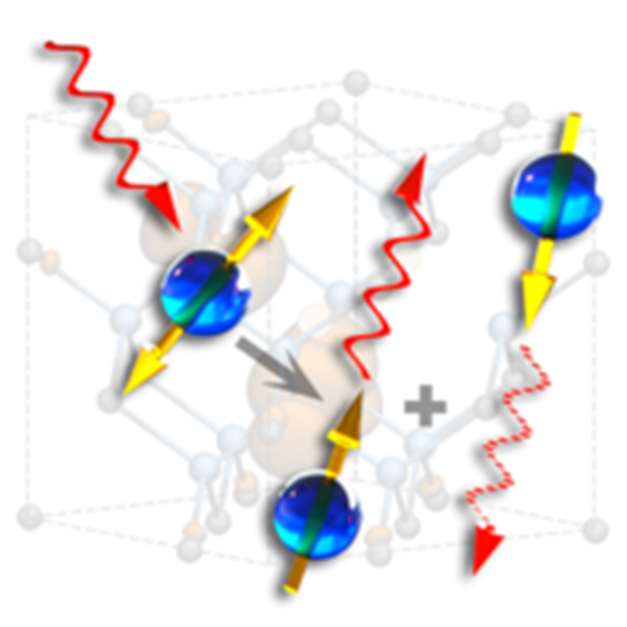
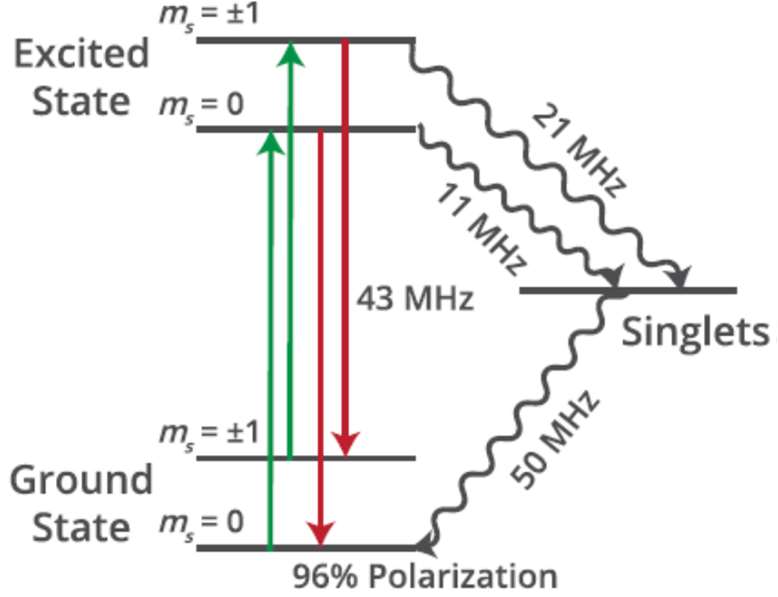
Figure 4. Dynamical model of the 3C-SiC divacancy. Left: An artistic view about the optical
spin polarization of divacancy spins. Right: Diagram of the levels and major rates in the fivelevel
rate-equation model. The transition rates and ground-state spin polarization are
inferred from the combination of experimental data, group theory considerations and input
from first principles calculations.
Results: 2024



